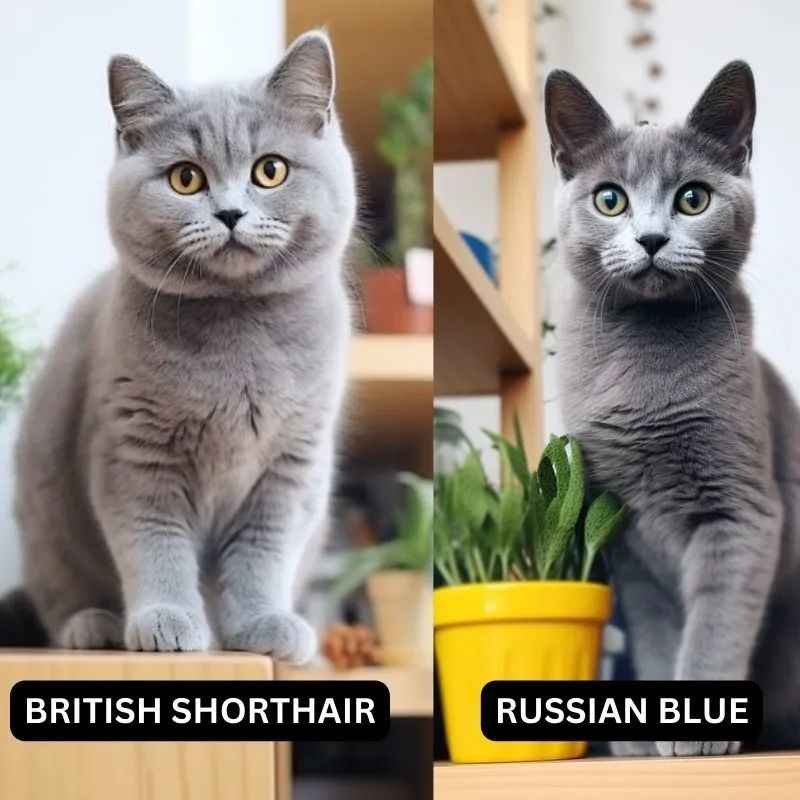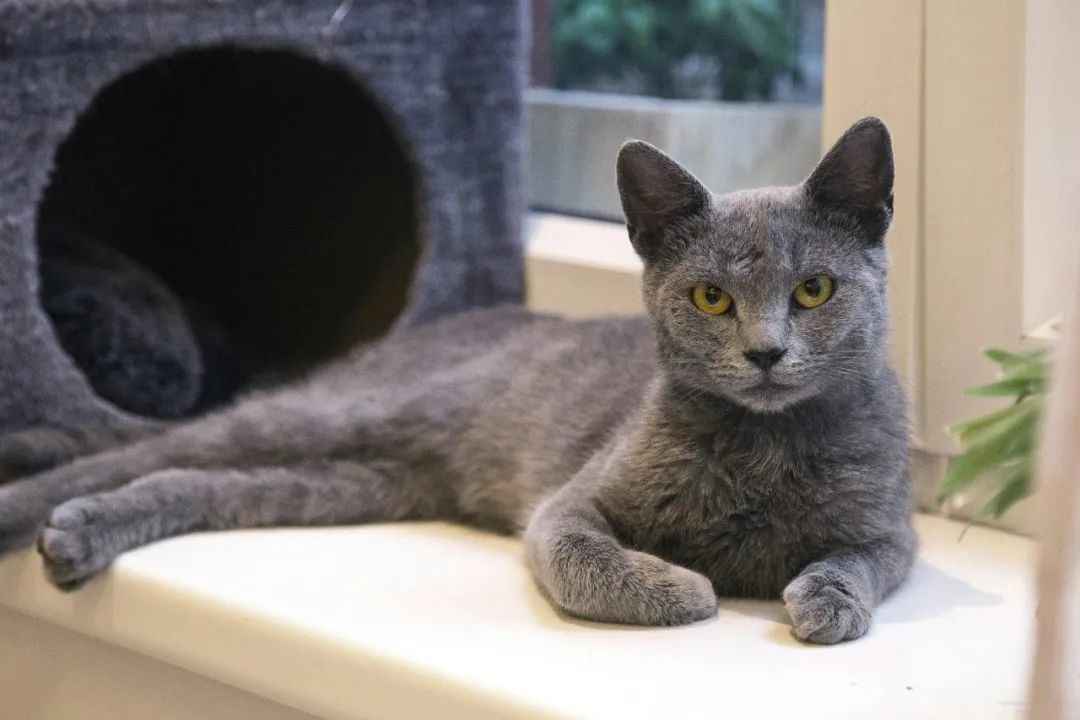A Frost-Formed Physique
Characterized by a lithe, dancer-like build, Russian Blues move with a delicate, gait 5. Their plush, double-layered coat—soft as velvet—features dense underfur adapted to Siberian winters, while the outer guard hairs shimmer with a mink-like sheen in sunlight 6. Almond-shaped green eyes, a breed hallmark, contrast strikingly with their silvery-gray pelage 56. Three distinct lineages exist: the petite Siberian/Scandinavian type, the refined American strain, and the sturdier British variant 8.
A Sensitive and Cerebral Disposition
Named the "most fearful cat breed" in a 2021 study 7, Russian Blues thrive in calm environments where they bond deeply with trusted humans. Their communication is subtle—a soft trill for affection, a gentle chirp for curiosity—eschewing the demanding nature of other breeds 56. Notably, they produce lower levels of Fel d 1, making them a hypoallergenic choice for many 8. Despite their reserved demeanor, these cats exhibit remarkable problem-solving skills, often surprising owners with tricks like opening doors or retrieving objects 6.

Source: Images from the Internet, if there is any infringement, please contact the removal of
Guardians Amidst Turmoil
In 2022, the Fédération Internationale Féline (FIFe) controversially banned Russian-bred cats from international competitions, sparking global backlash 211. Ironically, this fueled interest in the breed, which holds cultural significance in Russia—70 Russian Blues reportedly guard the Hermitage Museum's treasures 11. Beyond symbolism, their therapeutic potential is gaining recognition: their serene presence is increasingly used in anxiety counseling programs 12.
Modern Living's Perfect Companion
While purebred Russian Blues command high prices (up to tens of thousands of yuan) 10, their low-maintenance care makes them ideal pets. Weekly brushing suffices to maintain their glossy coat, and interactive toys like feather wands satisfy their hunting instincts 1213. However, they are heat-sensitive; prolonged exposure above 28°C may cause panting or heatstroke 12. Today, 27 specialized catteries worldwide—including 18 in France—preserve the breed through rigorous genetic screening, ensuring vitality for future generations 12.
From czarist palaces to contemporary homes, the Russian Blue remains a timeless icon of grace. Whether as historical sentinels or modern-day confidants, these "Winter Spirits" continue to enchant with their enigmatic allure.


